Reviews 11 min read
Hyundai IONIQ 6: A new electric mobility experience
Discover EV expert verdict...
- Nice to drive
- Refined cabin
- Efficient, great range and ultra-rapid charging
- Dramatic design may be divisive
- Roofline limits rear space
- Similarly priced proven rivals
Overview
Hyundai’s IONIQ 6 is the second model of the company’s IONIQ line-up brand dedicated to electric cars. It is super aerodynamic – with the best drag coefficient of any Hyundai product (0.21), there’s lots of wonderful pixels around the car which provide the lighting (the story of which is very important) and the beautiful cocoon-like interior – or furnished living space as the brand call it – are all cited as the car’s unique identifiers. Dressed in smart casual attire as per the invite we attend House of Hyundai (basically a takeover of a posh hotel in Kington Langley, Wiltshire) to get behind the wheel to see the ‘dawn of a new Hyundai’ for ourselves!
Driving
Throw all driving impressions of the IONIQ 5 out of the window, as the 6 is very different. The 5 is set up as an SUV for starters, and the 6 is obviously a saloon car. As such the 5 is set up for comfortable, relaxing drive, and while the 6 isn’t a focused sports car, but a more driver-friendly and a lot of that is down to the crisp and engaging way the steering is set up.
The suspension setup is different to account for the fact that the 6 is wider, longer and lower so the tracking has been tweaked, and it has unique suspension mountings and the angle they’re mounted is also different. While it’s sportier, it’s still comfortable and that’s because of the five-link rear suspension system, typically used for mid-and large-sized vehicle segments, as well as the integrated drive axle (the world’s first mass produced system nonetheless), which combines wheel bearings with the drive shaft to transmit power to the wheels. The IDA, as it’s abbreviated to, also helps with handling stability, and it has to be noted that it doesn’t wallow like you would expect from a car of this size.
Further accentuating IONIQ 6’s driving dynamics characteristics is a state-of-the-art damper setup that delivers exactly what I’ve being banging on about – a sporty drive but with a high level of comfort. This new technology integrates the usual damper and suspension components but also adds another feature to adjust the amount of pressure on the rebound disc stack in the damper. The rebound damping force can now be amended dynamically based on the input frequency provided by the unevenness of the road.
This innovation delivers a solid and sporty ride at lower frequency inputs and a smooth and comfortable drive at higher frequencies. It particularly comes into action when riding on dynamic winding roads and, at the other end of the spectrum, when driving on uneven surfaces, such as cobblestones. It was like the PR team practiced what they preached because the driving route for the UK’s motoring press took us through some steep switchbacks, and the IONIQ 6 was very eager to turn, and over the pothole riddled roads, which sure enough it soaked up like a sponge.
It’s not the fastest of EVs – our RWD test model had the 77.4kWh battery which produces 225bhp and 258lb-ft of torque, but that’s more than enough. After lunch one of the PR team put the car in My Drive Mode and set everything to maximum – so steering effort was in sport, with maximum power output and high sensitivity for the acceleration pedal. The difference was like night and day. He also told me that it you could get the back end out if you tried. I obliged, of course, and I can confirm that yes you can!
The paddle shifters mounted on the steering wheel allow you to actively control the amount of regenerative energy – just tap it a few times and you can enjoy one-pedal driving. The transition between the regenerative braking and the car’s discs and pads are nicely judged, too.
Range and running costs
The most efficient of the IONIQ 6 model claims to have a driving range of 614km. That’s 381 miles in English – ‘theoretically’, as reaffirmed by the Product PR manager! It obviously depends on weather conditions, speed and driving style, but having covered a significant amount of miles he can confirm you get respectable mileage in real world driving terms – and your bladder would give up way before the range does. I had about 285 on a full charge when I got behind the wheel and seemed to be averaging 3.7 mile to the kWh, in mixed driving conditions and switching between Eco and My Drive Mode.
The IONIQ 6 is available with a range of drive motors and battery packs to fit the needs of every customer. So the long-range 77.4 kWh battery can be mated with two electric motor layouts: either rear-wheel-drive (RWD) or all-wheel-drive (AWD), while the top-of-the-line dual motor setup is an AWD option producing a combined power output of 321bhp and 446lb-ft of torque. This power electric configuration can go from zero to 62mph in 5.1 seconds.
Additionally, it can support both 400 volt and 800 volt charging infrastructures. With a 350kW charger, IONIQ 6 can charge from 10 to 80 per cent in just 18 minutes and achieve a range of 218 miles within a 15 minute charging session. That’s impressive and also the same sort of time it would take to grab a cappa-choo-choo or head to the loo-loo. IONIQ 6 also provides Vehicle-to-Load (V2L) supplying up to 3.6 kW of power so you can charge and operate any electric devices, such as electric bikes or camping equipment, using the vehicle’s battery.
Prices start from £47,070 so it’s not a cheap car – in fact you can get a RWD Tesla Model 3 and Polestar 2 Standard range Single motor for less money (£42,990 and £44,950 respectfully), and the equivalent IONIQ 5 costs about £100 less, but it’s arguably worth that five grand premium if you’re not bothered about pub bragging rights when it comes to the 0-62mph dash. If you’ve got a £50k budget we’d suggest the BMW i4 is probably the class leader, but that’s not taking anything away from the fact that Hyundai has itself a major player in a segment it’s never before competed in.
Hyundai are generous with their warranty, too – giving owners five-years/unlimited mileage, beating Tesla’s four-year/50,000 mile cover for the Model 3 and Polestar’s measly three years/60,000 miles. All three have separate eight-year/100,000-mile cover for the main battery.
Design
For those of you who hate any photos of this car, you might be pleasantly surprised to find you might like it in the flesh! Personally I don’t need convincing – I love it. Inspired by Hyundai’s Prophecy EV Concept, which debuted in March 2020, it’s characterised by clean and simple lines, a streamlined, aerodynamic silhouette that stretches out to 2950mm, boasting its signature cubic pixel lights on start-up and a full-width ducktail spoiler with a downturn winglet (inspired by the Supermarine Spitfire wing). It’s a modern way of interpreting a 100 year old theme – basically planes, trains and automobiles from the 1930s – when engineers were first thinking about aerodynamic efficiency – so you can see elements of Stout Scarab, Phantom Corsair and early Saab 92.
That aforementioned light signature is part of their new face, because it gulfs the digital world but also people love of games like Minecraft. It’s about nostalgia but also futuristic. Get it? Good then I’ll continue.
Every single surface on the car and its various design elements (active air flap, wheel air curtains and integrated rear spoiler) all have a purpose – to improve the level of aerodynamics to make it efficient as possible. As such it has a drag coefficient of 0.21 the lowest in the company’s line-up but also one of the lowest in the industry – and we’re talking premium luxury segment with adjustable suspension. It’s impressive.
Of particular note are the wheel gap reducers minimising the empty space between the front bumper and tyres to improve aerodynamic performance around the wheel wells. This Hyundai invention also made it possible to provide a longer wheelbase for passengers (segment leading nonetheless) while simultaneously overcoming the aerodynamic challenges caused by its short front overhang.
The greatest challenge for Hyundai was trying to package people and luggage inside this teardrop form. They managed through hard work with engineers and aerodynamicists to squeeze the best out of what they had, achieving a single curvature roof that maximises interior space as much as possible without spoiling the character of the car and because it’s sat so low the rear legroom is really impressive. There’s still that consistency of pixel design – in fact there are more than 700 trademarked Parametric Pixels influenced by the Korean alphabet in various places outside and in, which are used to create texture but also act as a unique identifier. It’s also used as a language and a way of communicating with the driver and passengers, so there are four dots on the steering wheel, which is Morse code for the letter H – subtly referencing Hyundai rather than a logo, and it’s activated when drive mode is engaged, shows charge status, a whole range of things.
It’s all about less is more yet not to the level of the Tesla, so thankfully you do get a separate ergonomically designed digital control unit for the climate control, as well as shortcut buttons for the media, nav, map, volume and tune, and the ‘ furniture’ as Hyundai call it is Art Deco-inspired.
Eco-conscious consumers will be pleased to read that the interior is trimmed in sustainable materials and colours – from the seats to the dashboard, headliner and carpet. Even outside it uses recycled pigment paint from end-of-life tyres to the cladding and bamboo charcoal pigment paint to the body.
Comfort and practicality
Described as a ‘mindful cocoon-like interior’ in the press kit, in plain English the IONIQ 6 is a comfortable, practical, spacious, light and serene living-type space. I found the seats to be unsupportive and too firm for my frame but I’m a 6ft beanpole –I had plenty of headroom however. I’m not so sure that would be the case in the rear, but perfect for kids and the 401 litre boot will swallow up all of their school and club paraphernalia and weekly shop. It's got a token frunk, too, but it's not the biggest.
The touchscreen dashboard integrates a 12.3 inch full-touch infotainment display (featuring Google Maps and Apple CarPlay) that’s crisp, clear and responsive, together with a 12.3 inch digital cluster. A bridge-type centre console provides convenient and generous in-car storage, and users can choose from a spectrum of 64 colours and six pre-selected themes developed by colour experts to supposedly help drivers and passengers feel relaxed.
IONIQ 6 is equipped with the next level of Hyundai Smart Sense technology, the company’s Advanced Driver Assistance Systems, offering a host of safety and convenience on the road, including intuitive-to-operate Level 2 autonomous driving, Smart Cruise Control, Forward Collision-Avoidance Assist, Forward Collision-Avoidance Assist 2.0, (available from mid trim and above), Blind-Spot Collision Avoidance Assist, Intelligent Speed Limit Assist, Driver Attention Warning, Intelligent Front-lighting System, and more. It’s also worth noting Lane Keeping assist is not as intrusive as other systems that tend to pull the steering wheel, instead it just gently vibrates, and it’s easy to turn it off, just hold down the button for three seconds.
It achieved the maximum five-star safety rating in the Euro NCAP safety test too and for the first time in a Hyundai model available in Europe, IONIQ 6 features a state-of-the-art Intelligent Front-lighting System (IFS) with Matrix Beam LED headlights, which automatically adapt the lighting to the road situation. Digital Side Mirrors (DSM) are also available replacing traditional door mirrors with cameras and OLED monitors for better visibility (which in our view are a little pointless and could never match the real thing) and it debuts Over-The-Air (OTA) system updates.
Verdict
A step on from the already impressive IONIQ 5, the 6 is an inspiring package – it’s efficient with a decent enough range and super-fast charging speeds, driver focused but smooth, super impressive rear legroom and luxurious, but the styling won’t be for everyone, it’s not as practical as other rivals and a bit more expensive.
Key Specs
2023 Hyundai IONIQ 6 Ultimate RWD 77kWh
Price (RRP OTR): From £47,040 (model tested)
Top speed: 115mph
0-62mph: 7.4 seconds
Power: 225bhp
Torque: 258lb-ft
Driving range (combined): 339 miles
Charging time: From 10 to 80 per cent in 18 minutes, up to 60 miles in less than five minutes, up to 218 miles in 15 minutes
Insurance group: TBC
Vehicle warranty: 5 years / unlimited miles
Battery warranty: 8 years / 100,000 miles

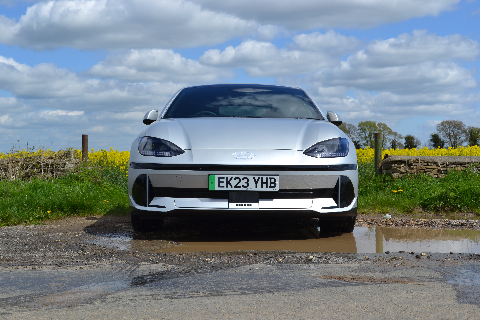

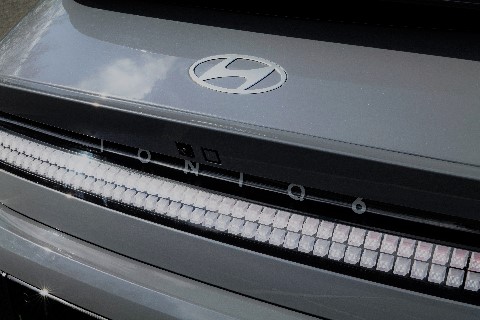

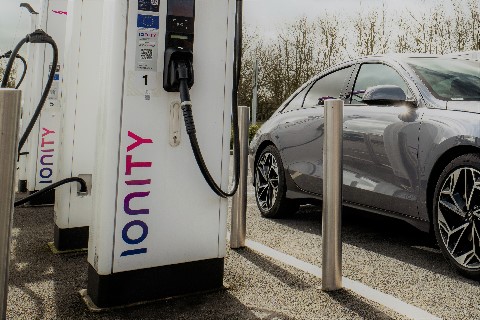
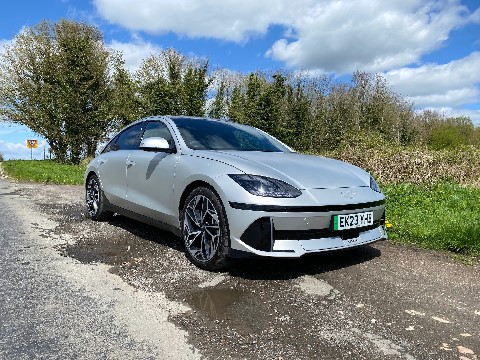
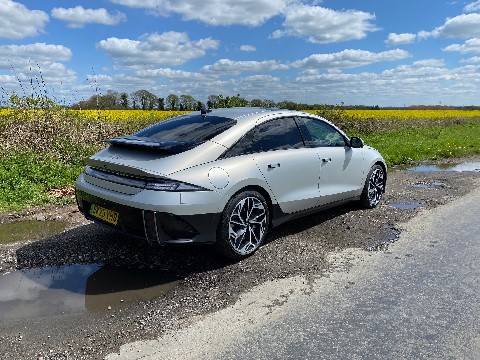
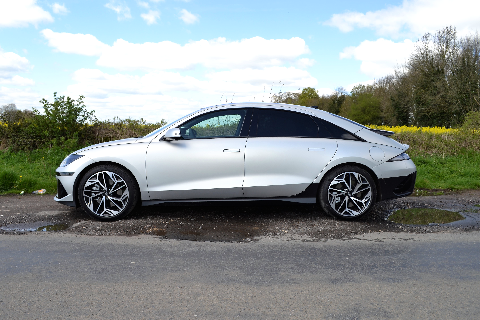
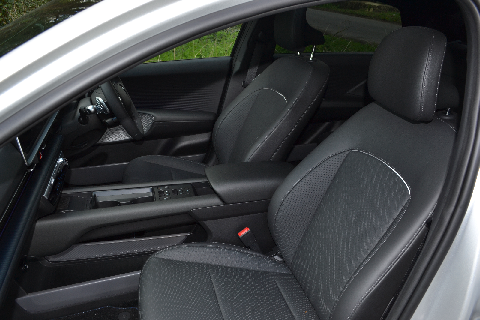
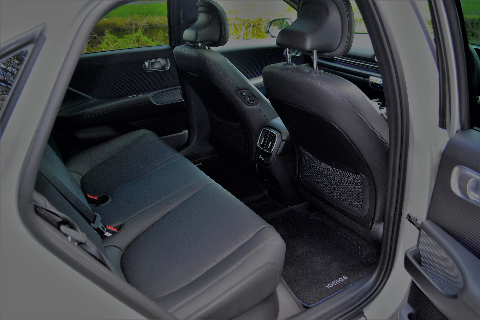
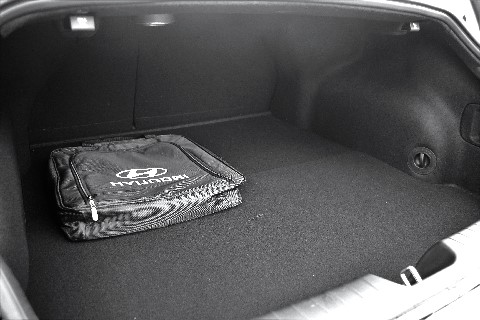
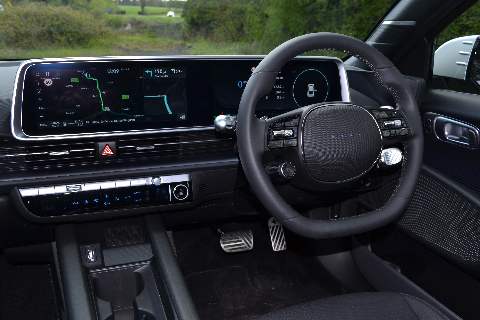
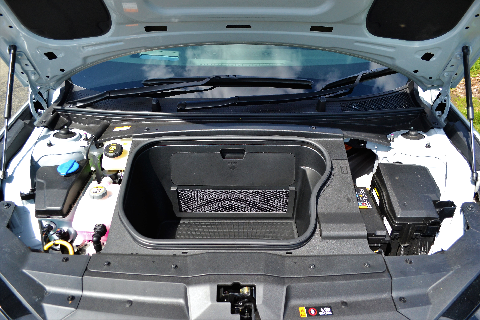
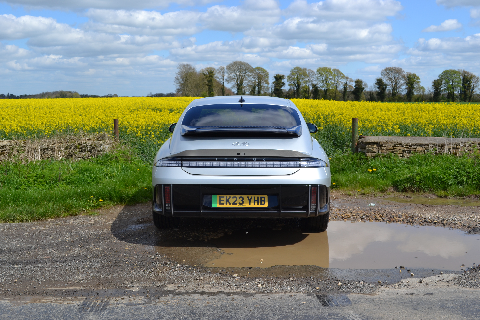

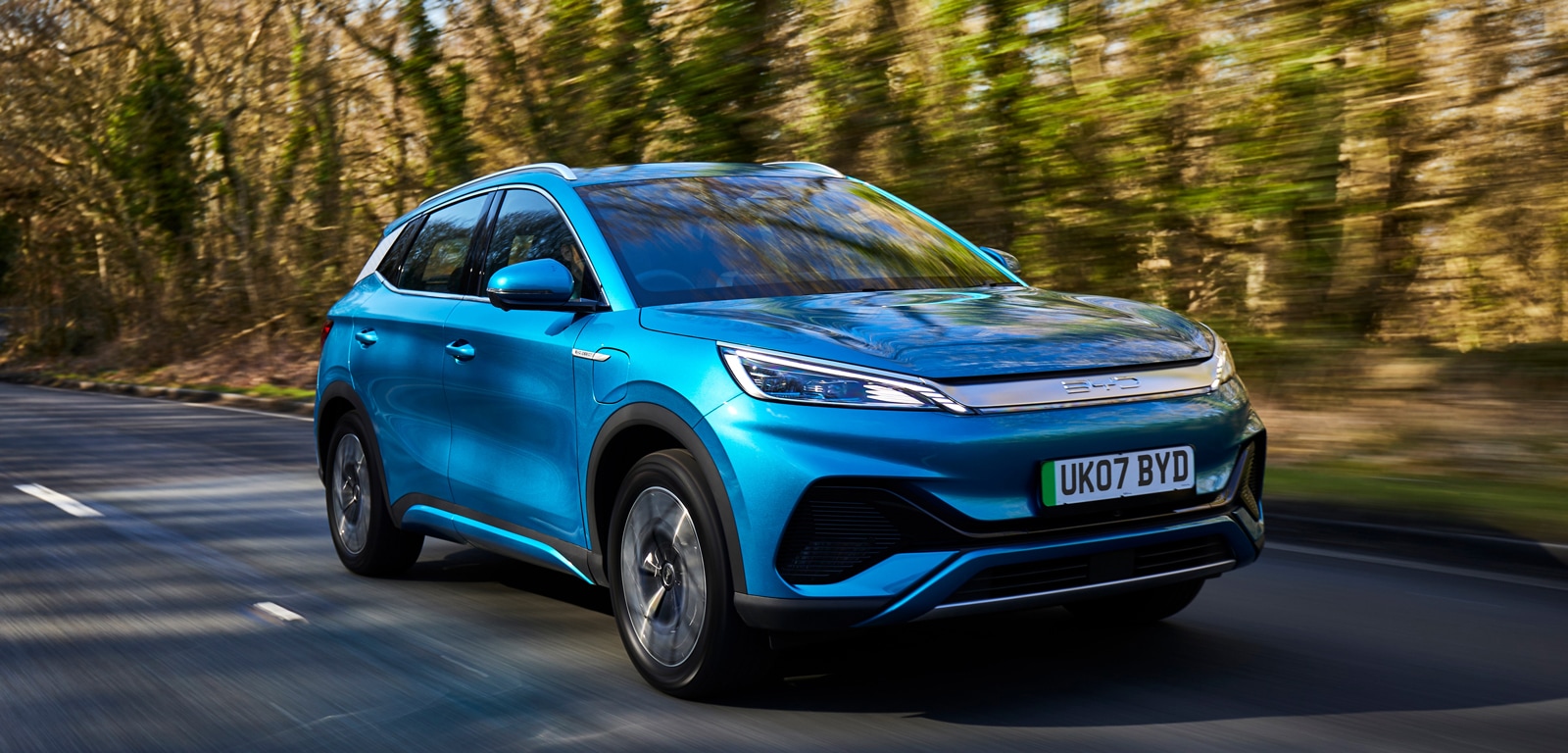
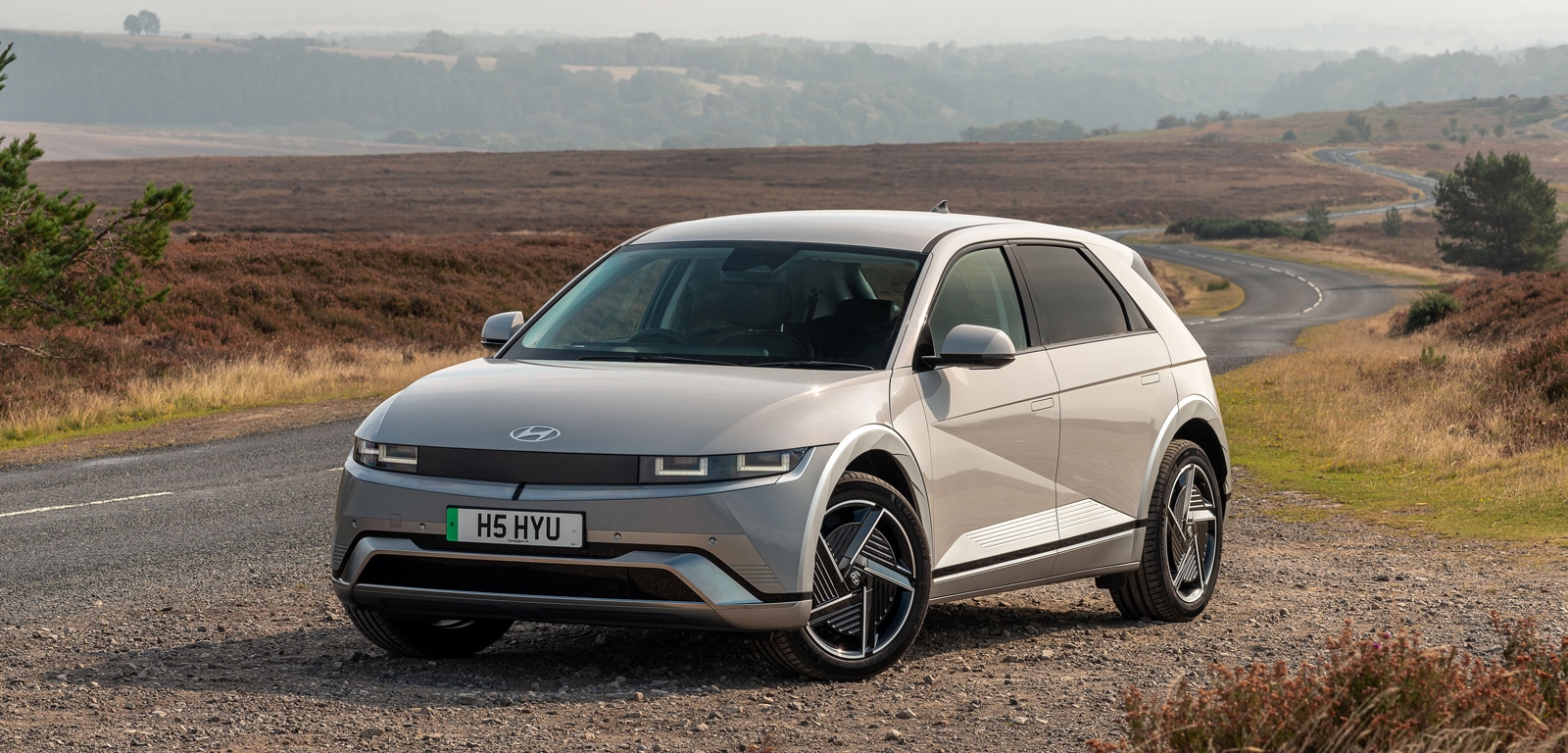
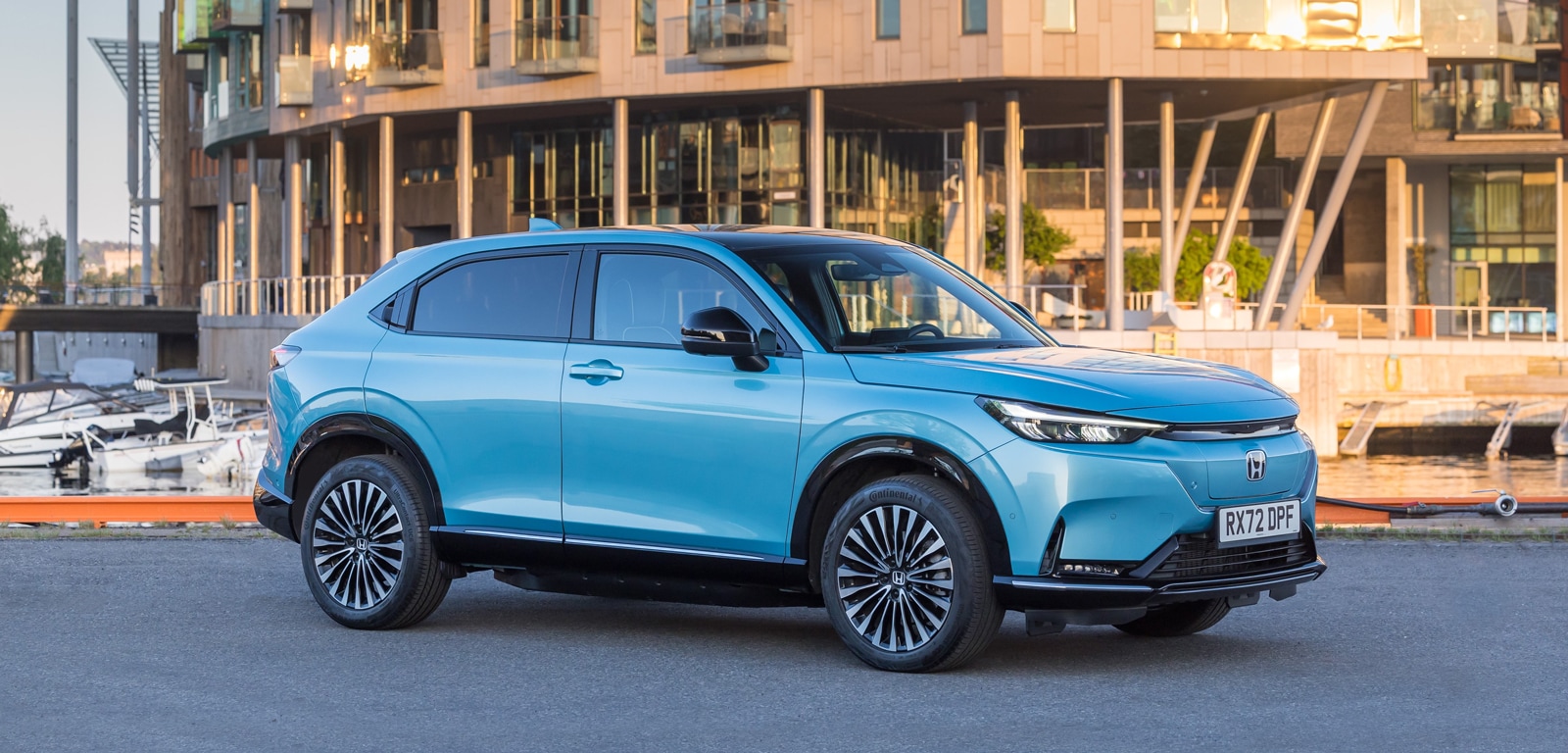
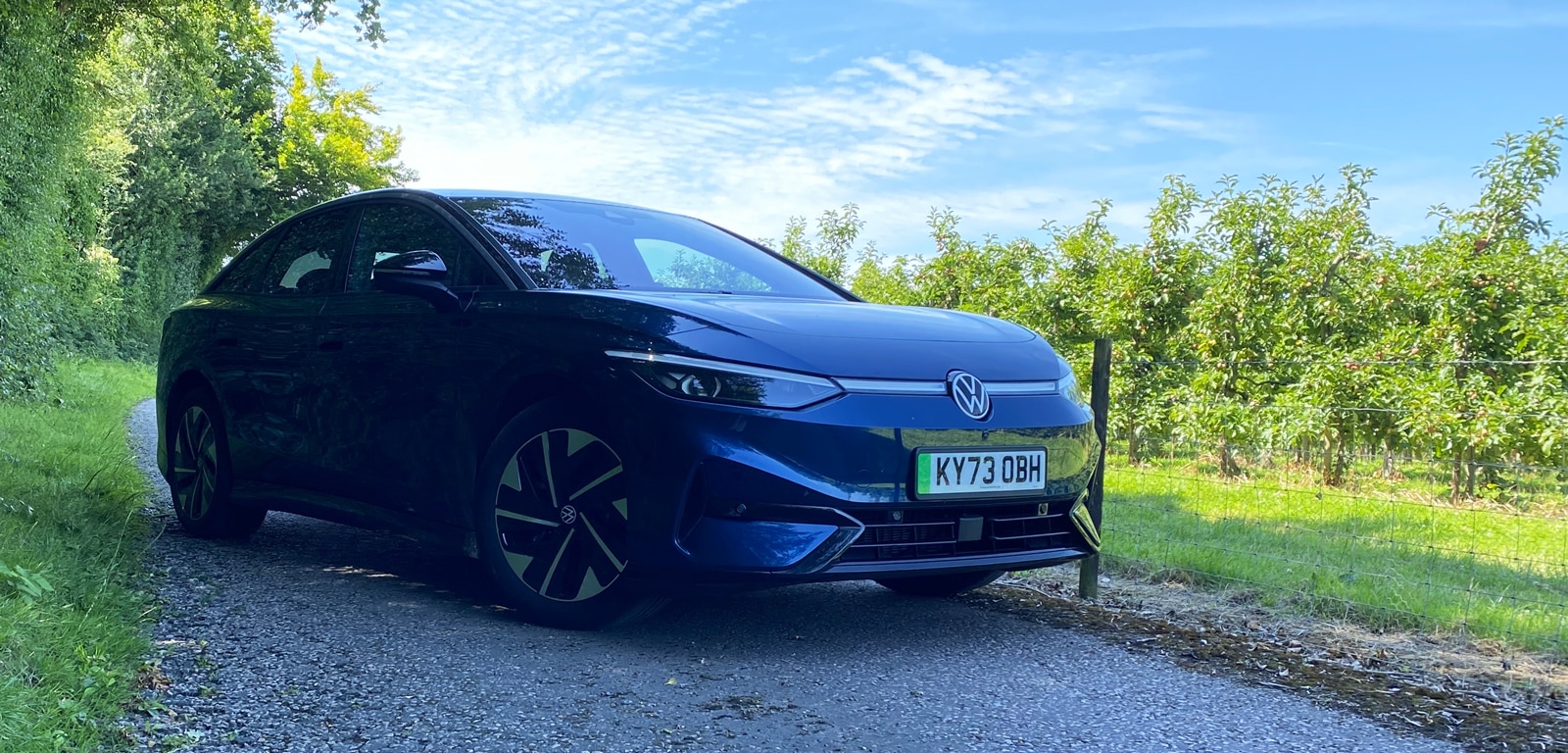
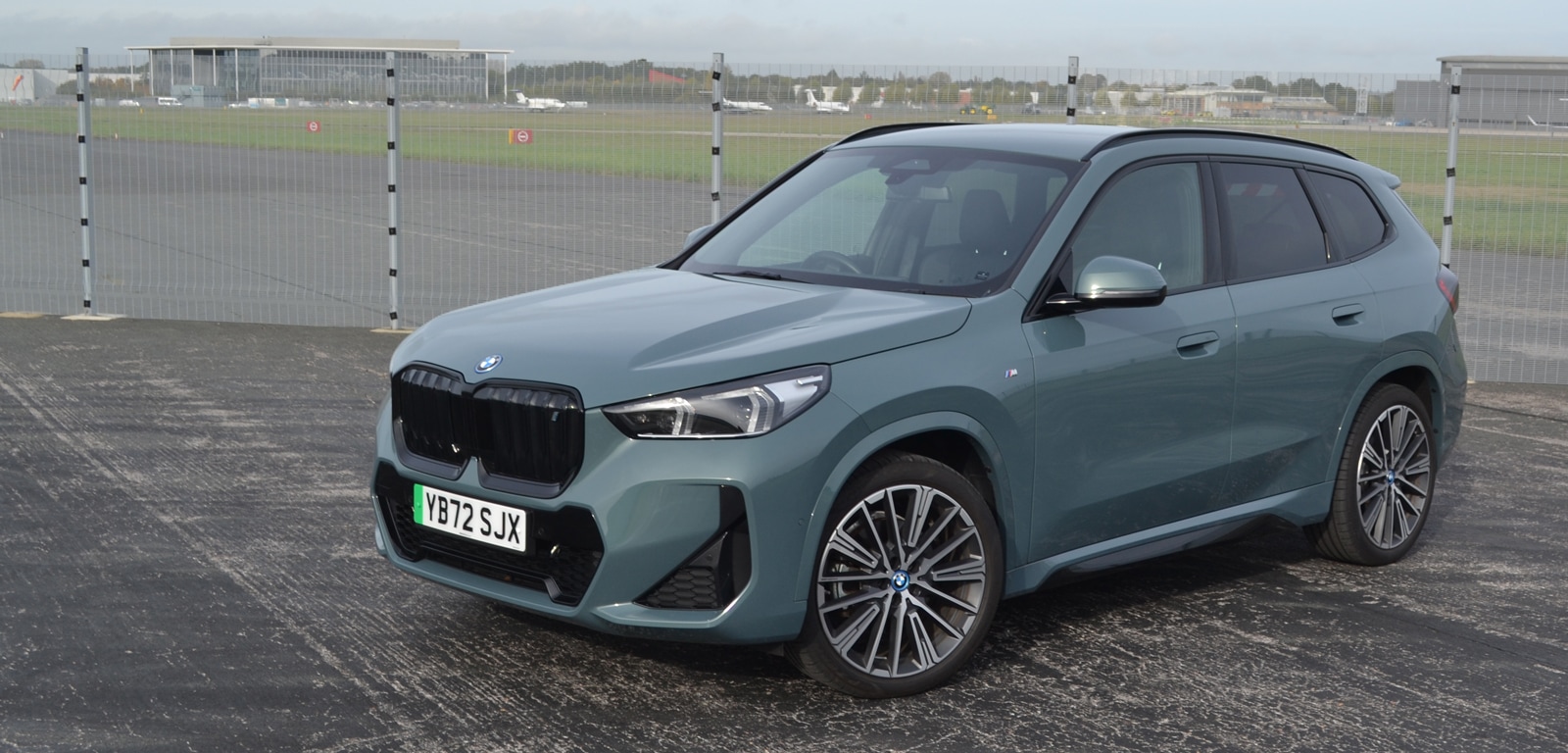


Comments (0)
Be the first to write a comment
Login/ Signup